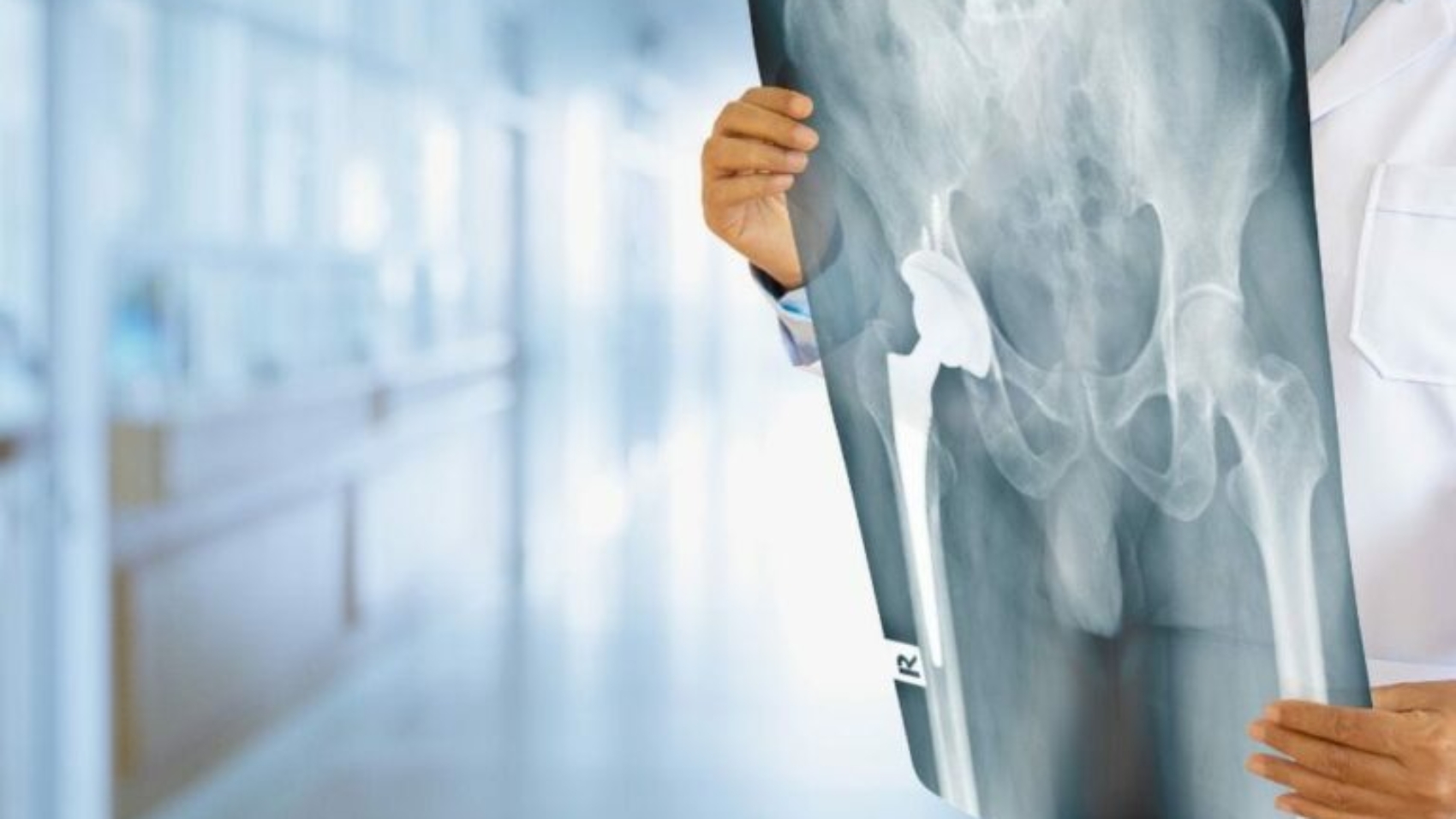Lately, I got a patient asking me whether he could return to running after he had total hip replacement surgery. As he was significantly younger than most people receiving total hip arthroplasty (THA), this was the first time I personally came across this question. My first thought was, “Yeah sure!”. But then I scratched my head a little bit as I didn’t know the evidence about it.
The growing proportion of younger patients undergoing total hip and total knee arthroplasty places greater expectations on postoperative quality of life. It’s still unclear what the best practices are for sports when it comes to athletic exercise. So let me take you on this run to dive into the research evidence on return to running after hip replacement surgery.
Why am I asking myself this question?
Commonly when treating patients after a hip replacement surgery, you’ll get precautions from their orthopedic surgeon. Often, avoiding hip flexion beyond 90° or avoiding excessive internal and external rotation will be the main focus. Furthermore, we all have heard about the possibility of revision of the prosthesis. In this light, running is increasing the demands around the hip and therefore it is seen as a possible cause for early revision surgery. I wanted to know what the current evidence tells us about running after hip replacement.
But equally important, physical activity guidelines recommend being active several days per week. As we all know, a vast majority of people don’t engage in sufficient amounts of physical activity. Among those who received hip replacement surgery, a large proportion indicates that fear is holding them back from sports participation. Even if running is not the priority for your patient, I think this blog may help you guide patients to re-engage in physical activities and meet the recommendations.
THE MAIN REASON FOR NOT PARTICIPATING IN RUNNING POSTOPERATIVELY WAS DUE TO FEAR (61%), FOLLOWED BY MUSCLE WEAKNESS (24%), AND PAIN IN THE LOW BACK OR KNEE (15%). ABE ET AL., (2014).
What does the evidence say about other hip procedures?
The most evidence concerning return to sport (RTS) after a total hip replacement came from opinions and surveys among surgeons. For example, Klein et al., in 2007, and Swanson et al., in 2009 used questionnaires to gather information from surgeons about their recommendations after THA. The latter study reported that surgeons generally don’t restrict low-impact activities such as level surface walking, stair climbing, level surface bicycling, swimming, and golf. Higher-impact activities were more commonly discouraged, although there was considerable variability in the responses. Swanson indicated that surgeons who performed many hip replacement surgeries generally were more likely to encourage participation in higher-load impact activities.
Kraeutler et al., in 2017 conducted a literature review and proposed a physical therapy protocol for patients who underwent labral repair, acetabular rim resection, or femoral head osteochondroplasty for FAI. So to be clear, not in THA patients. They did so because they experienced many patients failing to return to activity as they were guided by tissue healing guidelines rather than by functional gains in strength, gait, and pain. Although this study discusses another pathology, it is interesting to see the rehab progressions made after a surgery that typically requires limited weight bearing post-operatively.
The program for post osteochondroplasty was accompanied by an ongoing strength program which included exercises such as side plank raises, front planks, band walks, supine bridge, and single leg squat reaches.
Prior to each workout or run, a dynamic warm-up was required with the following exercises. (A) Knee hug to calf raise, (B) in/out heel taps, (C) swing kicks, (D) soldier walks, (E) glute kicks, (F) walking lunges with reach and rotation, (G) lunge twist, (H) quick steps and (I) Single-leg mini-squat to calf raise.
- The first phase of this program was a walking program which was initiated on a treadmill and progressed to outdoor activities. The requirement was being able to walk 30 minutes at a speed of around 3.5 mph which corresponds to 5.6 km/h.
- Phase 2 was a quick response and plyometric activity. They state the following: “Quick muscle response and plyometrics are initiated in this phase, progressing to about 500–600 foot contacts between one and two legs. Thus, if a runner has an average turnover of 170–180 strides/min, then running for 5–7 min would be required to reach the necessary 500–600 single-foot contacts.”
Progression to the walk/run program was allowed when participants had successfully completed phase 1 and the level I plyometric program of phase 2, could walk without limping, and had no pain with daily activities. Here also, the advice was to initiate this program on a treadmill. The following rules had to be followed: (i) No hills or inclines, (ii) no speed work, (iii) work on form and (iv) run every other day. Ideally, they should continue the level II and III plyometric program.
- Phase 3 returned the patient to distance running. During this last phase, patients had to find their baseline. This is the distance the patient can run without pain and again 48h later. Distance, time, and pace had to be carefully noted down to track progress.
- During weeks 1–2, patients should run 2–3 times per week, with two shorter runs between 50% and 60% of their baseline distance and one longer run at the baseline distance.
- During weeks 3–6, patients should run three times per week at their baseline level, with a rest day between each run. Patients should increase their distance by 10% each week.
- Starting in week 5, patients should reassess their baseline and increase running distance accordingly.


